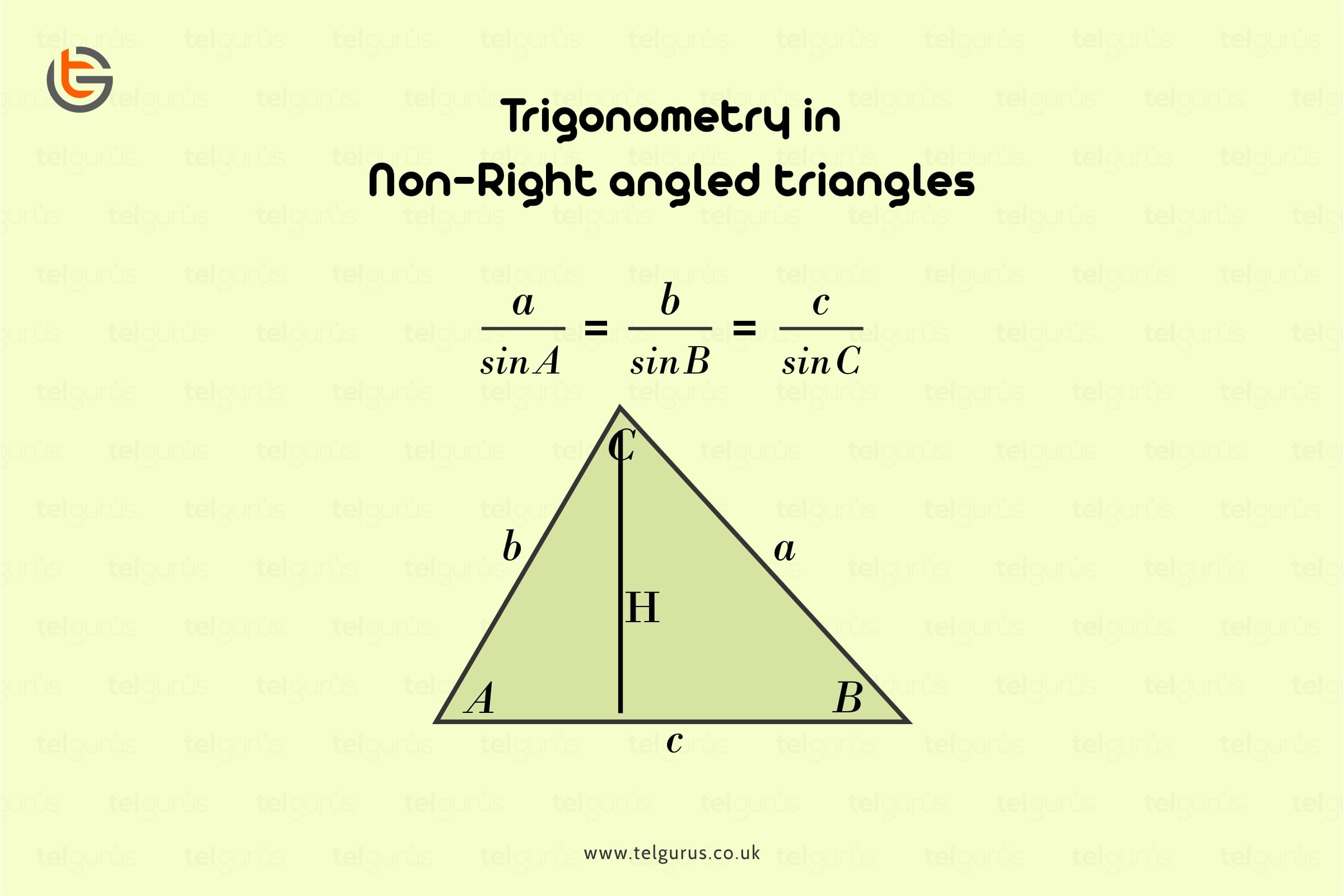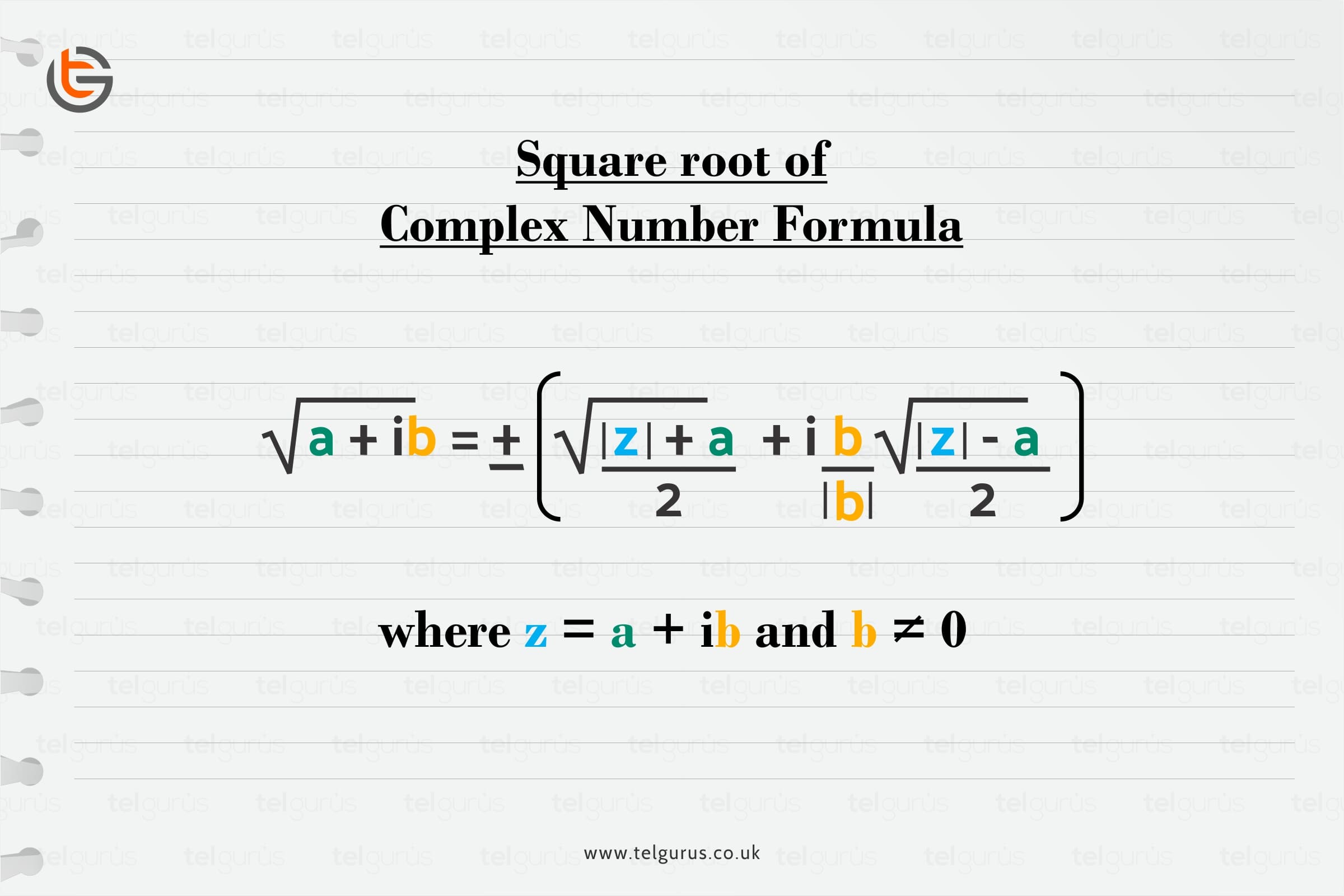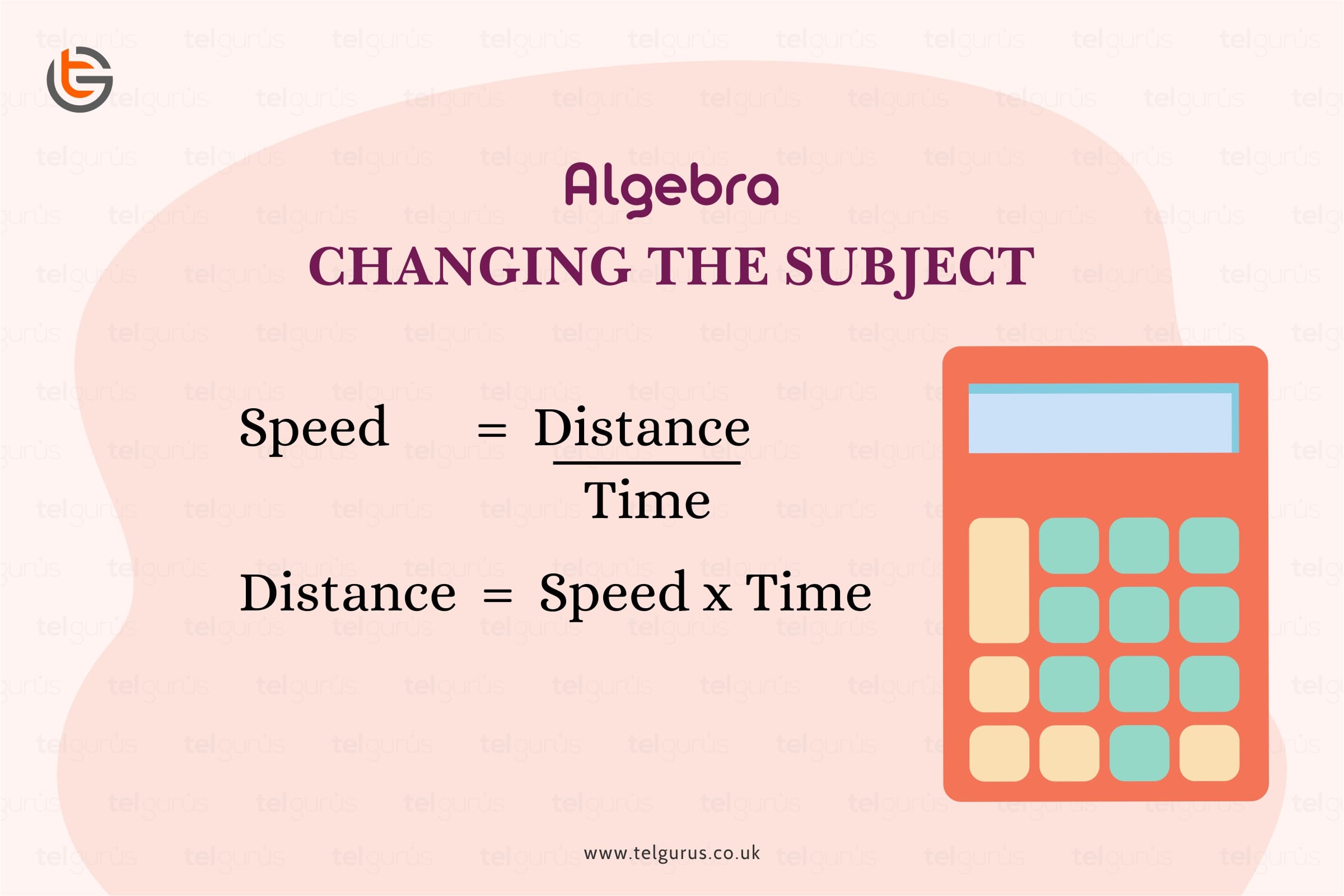Enrich your knowledge with our informative blogs
How is trigonometry used on non-right angled triangles?

Trigonometry is one of the most important branches in mathematics and it deals with the study of the relationship between the sides and angles of right triangle.
Trigonometry has three most important functions which are primarily used by the students to find out the unknown value of an angle and the length of sides of a right-angled triangle.
The names and abbreviations of these three functions are sine ( sin ), cosine ( cos ), Tangent ( tan ).
These three are the primary functions and there are other three trigonometric functions which are the reciprocals of these functions.
Cosecant ( cosec ) is the reciprocal of sine , Secant ( sec ) is the reciprocal of cos and Cotangent ( cot ) is the reciprocal of tangent In most cases we have used different identities of trigonometry on right angled triangles.
But, can we apply these laws to other triangles also?
We can’t apply trigonometric functions on other triangles apart from right angled triangles. But if, somehow we convert the given triangle into a right triangle then certainly we can apply and use the trigonometry formulas.
A larger part of mathematical questions are just about transformations. So, if we want to apply trigonometric functions on non right triangles, we need to convert a part of them into right triangles without breaking any law.
Though law of cosines and sines apply to all triangles whether right or not but their derivation is based on right triangles only. In their derivation a part of the triangle is made to be right angled and then the laws have been derived.
When applied to non right-triangles, the Law of sines and Law of cosines are used.
One way that you can derive these laws is to break the non – right triangle into right triangles and find the relations among the pieces.
For non-right angled triangles, we have the cosine rule and the sine rule. In order to use these rules, we require a technique for labeling the sides and angles of the non-right angled triangle.
In a non right-angled triangle we have to take angle A to the opposite of the side a , angle B to the opposite of side b and angle C to the opposite of side c as shown in the figure.
We use cosine rule to find the missing side when all sides and angles are involved in the question. It may also be used to find a missing angle if all the sides of a non – right angled triangle are given.
The Cosine Rule
- \displaystyle {{a}^{2}}={{b}^{2}}+{{c}^{2}}-2bc\,\cos (A)
- \displaystyle {{b}^{2}}={{a}^{2}}+{{c}^{2}}-2ac\,\cos (B)
- \displaystyle {{c}^{2}}={{a}^{2}}+{{b}^{2}}-2ab\,\cos (C)
Where a, b, c are the sides and A, B, C are the angles of the Δ.
The Sine Rule
The sine rule can be used to find a missing angle or missing side when two corresponding pairs of sides and angles are involved in the question.
The Sine Rule states that
a / sin ( A ) = b / sin ( B ) = c / sin ( C )
Where a, b and c are the sides of the triangle and A, B and C are the angles of the Δ.
So, we can apply these sine and cosine rules of trigonometry on non-right angled triangle to find the sides or angles.
Read More – Mathematics Questions
View More – Useful links for Your Child’s Development

Unleash the Power of visualization to break tough concepts
Wanna be the next Maths wizard? Discover the new way of learning concepts with real-life Visualization techniques and instant doubt resolutions.
Categories
Recent Posts
- List of the qualities you should look for in your tutors?
- What is the most useful formulas in math?
- Describe the process of eating to defecation of food?
- Difference between the natural and artificial active response by the immunology system.
- Explain the different circle theorems
- How are nerve cells adapted to their function?










